Believe it or not, but a solar storm forced SpaceX to scrap rocket launch
A powerful solar storm that struck the Earth on February 27 forced SpaceX to delay its rocket launch.
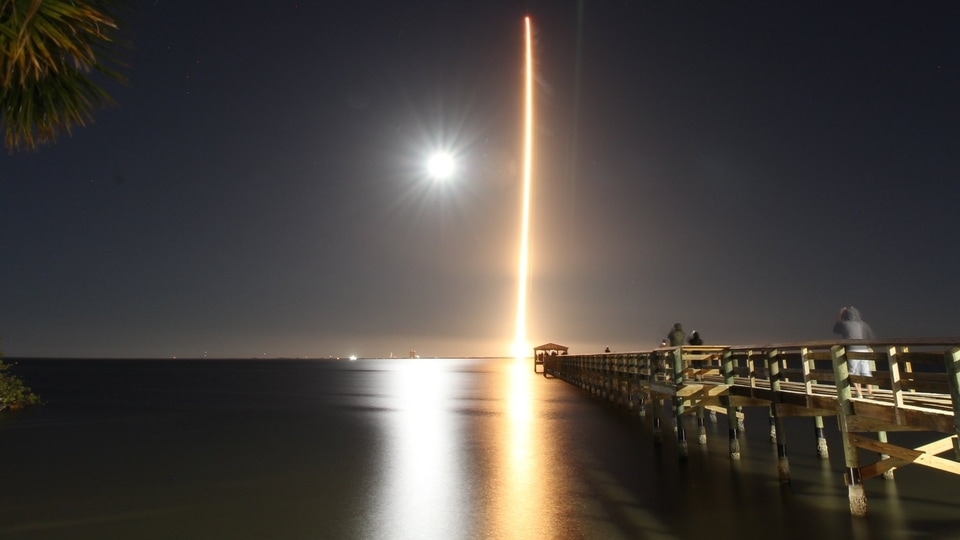
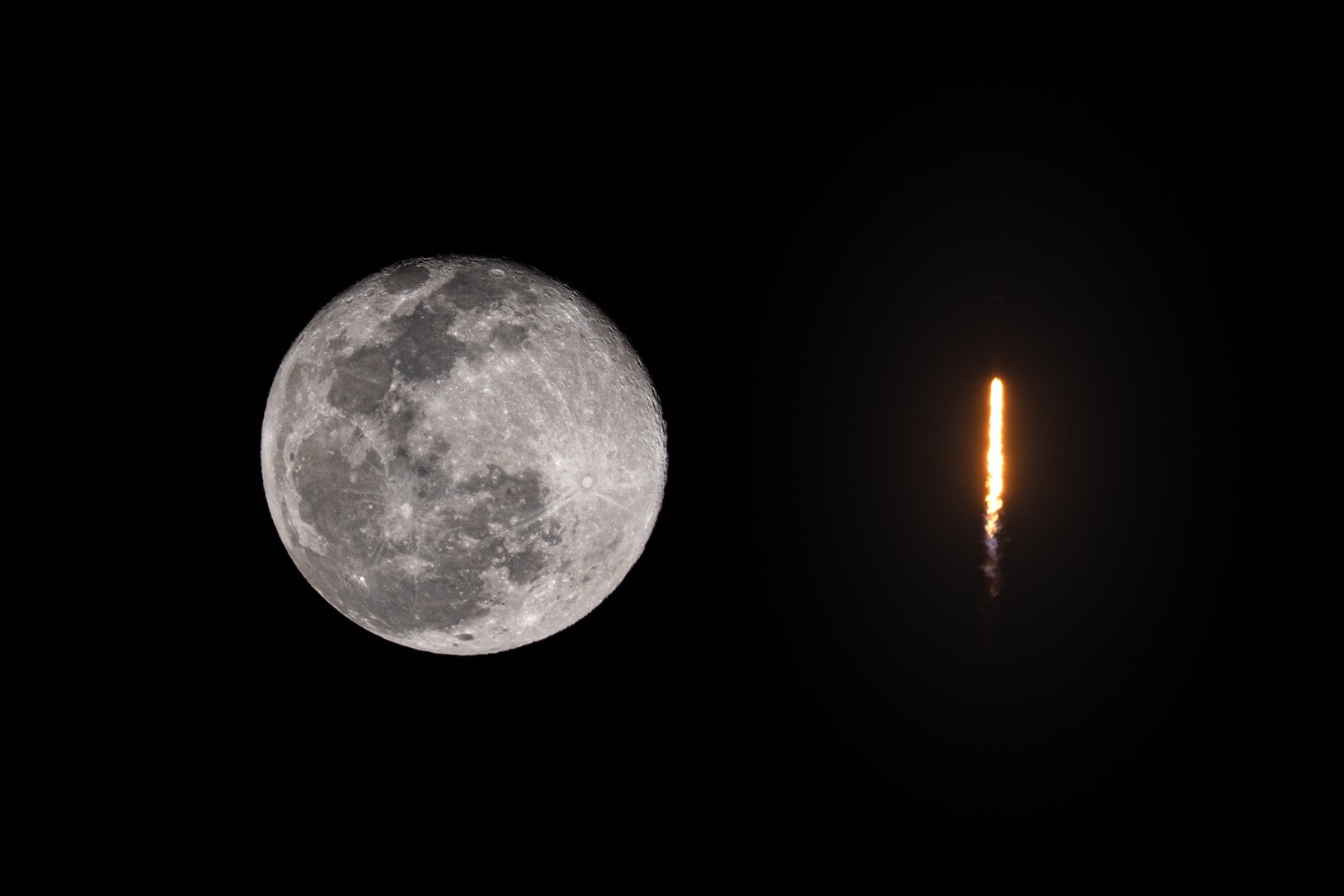
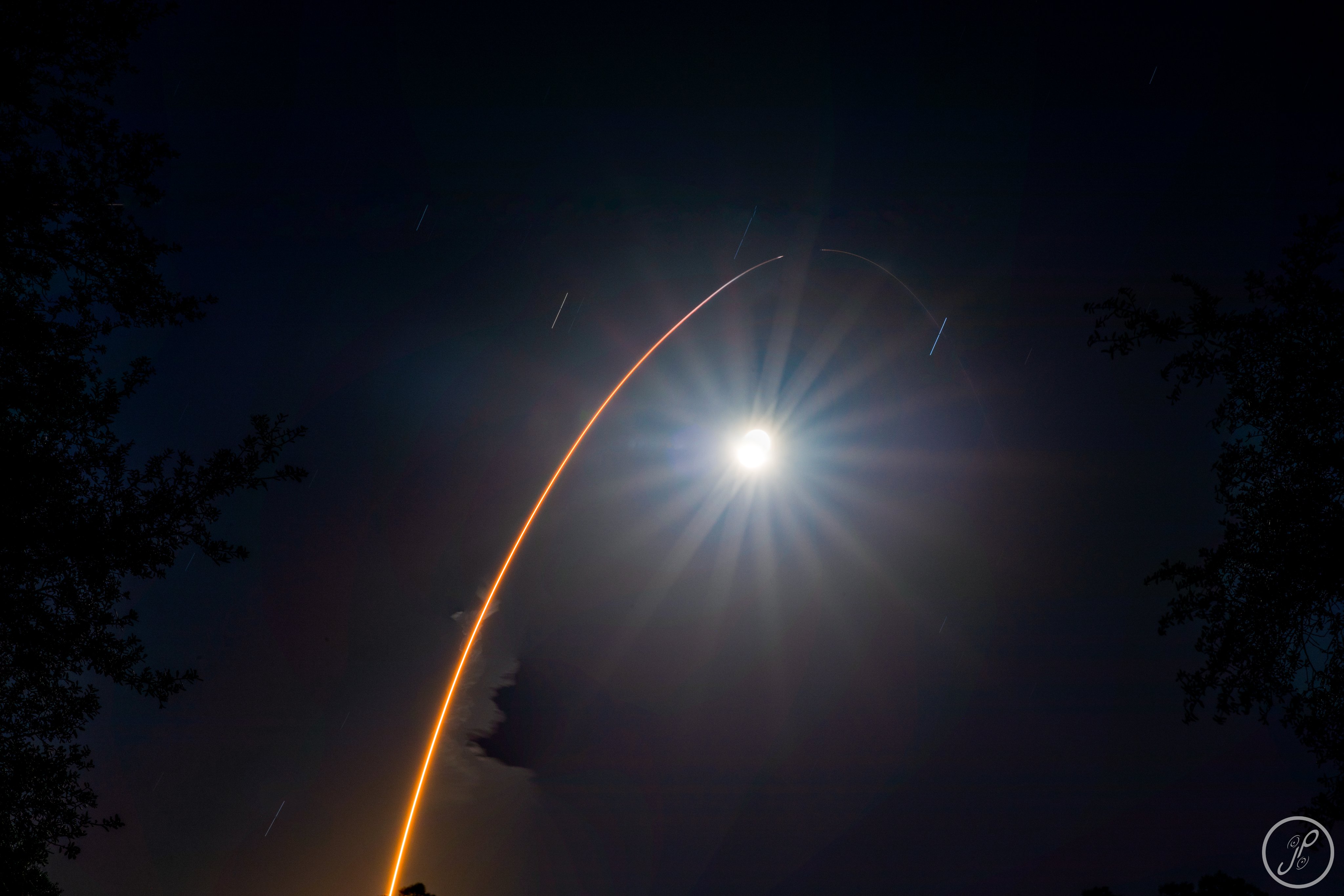
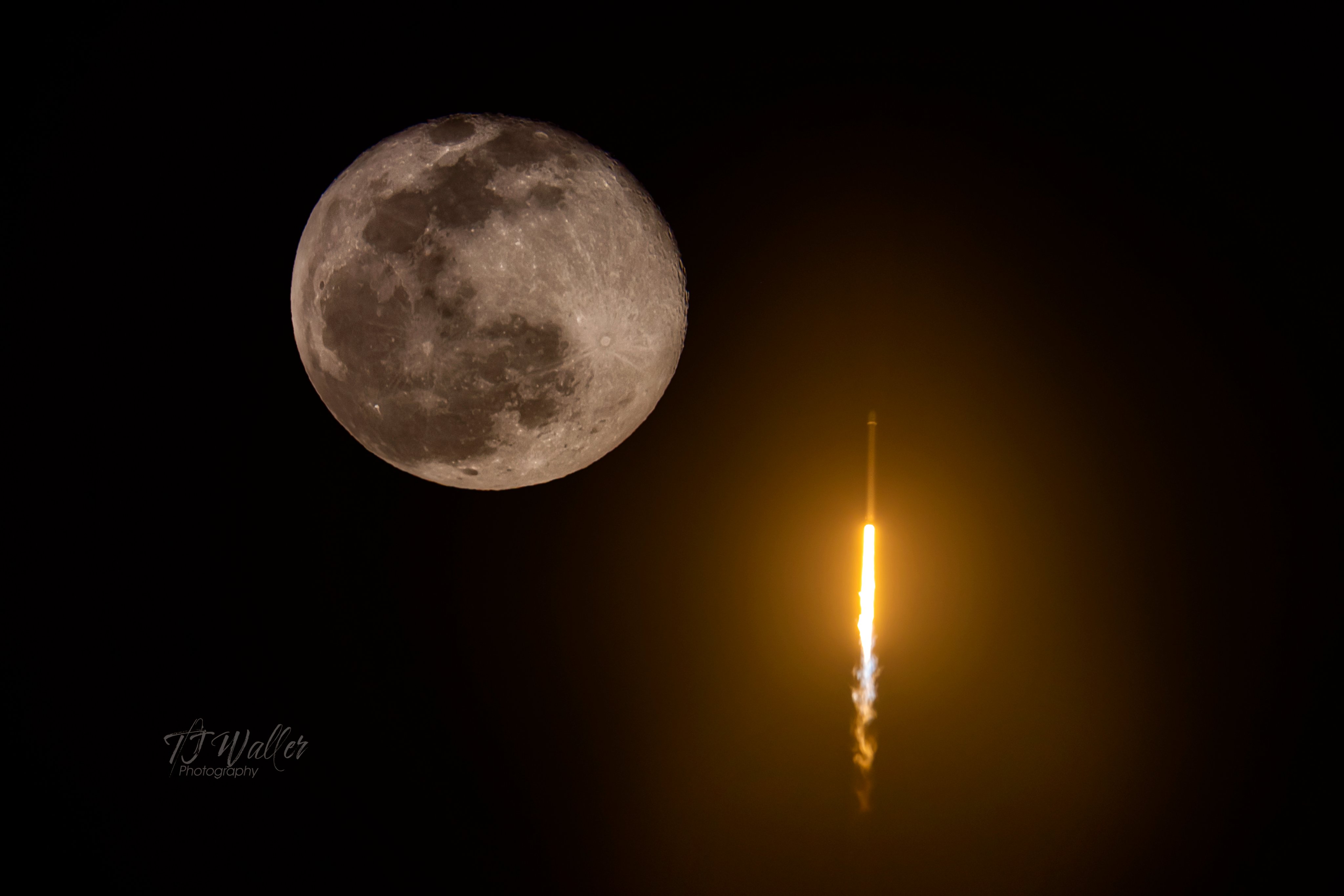


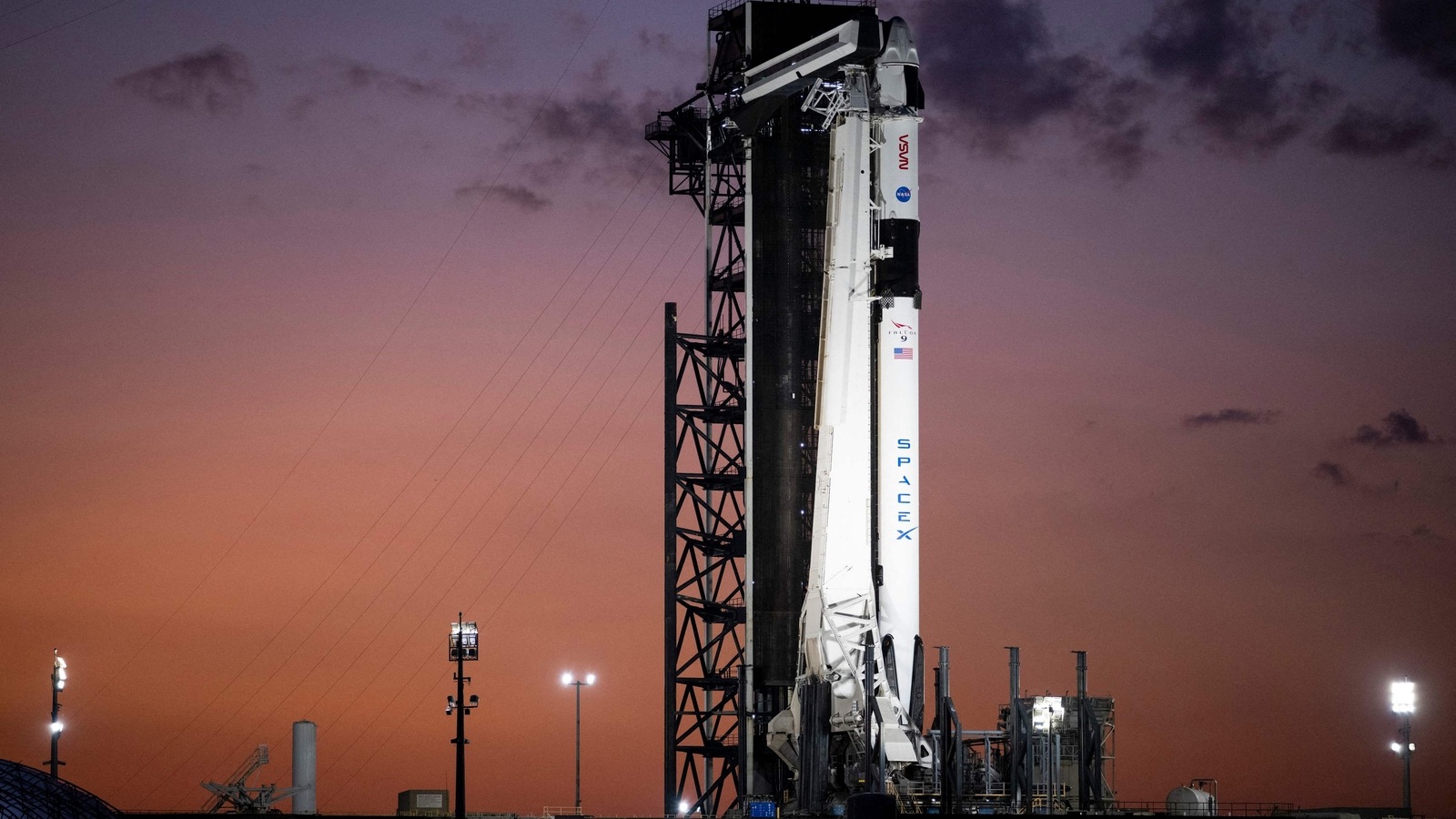
 View all Images
View all ImagesOn February 27, one of the most powerful solar storms in a long time struck the Earth. The solar storm was caused by a coronal mass ejection (CME) cloud that was assisted by fast-moving solar winds. Together, the intensity of the solar storm was amplified and at its peak, it was recorded as a G3-class solar storm. As usual, the solar storm caused GPS disruption and impacted some low frequency wireless communications, but its true impact was far sinister than any such storms seen recently. This solar storm caused SpaceX to scrap its scheduled rocket launch and it even forced oil rigs in Canada to stop operation.
Solar storm delays SpaceX rocket launch
According to a report by Space.com, the liftoff of 21 of SpaceX's new Starlink "V2 mini" satellites atop a Falcon 9 rocket from Florida's Cape Canaveral Space Force Station was delayed by more than 4.5 hours owing to the ongoing solar storm during its scheduled launch. The official Twitter handle of SpaceX also tweeted about the delay and said, “Due to a space weather concern, now targeting no earlier than 6:13 p.m. ET for today's launch of 21 second-generation Starlink satellites from Florida”.
This is also not the first time SpaceX has had to deal with an unexpected solar storm during a launch. In February 2022, the aerospace company lost 40 satellites after launching a rocket during a solar storm.
Solar storms increase the density of gasses at higher altitudes by swelling up the upper layer of the atmosphere. When that happens, the air drag increases at those altitudes and spacecraft often struggle to maintain their upward trajectory. The impact is felt even more on smaller satellites like the Starlink ones.
Oil rigs disrupted due to solar storm
Delaying a rocket was not the only thing this solar storm impacted. It also affected oil rigs in Canada. Space weather physicist Dr. Tamitha Skov said in a tweet, “The ongoing strong #solarstorm is impacting #GPS and even has caused the temporary suspension of drilling platforms due to the unreliability of even precision GPS signals and due to the GICs (geomagnetically induced currents in the ground). Events like these will come more often as we rise towards solar maximum”.
She further explained in a separate post, “GICs reached several volts per km at times last night plus GPS signals scintillate under aurora, which we can see right there in the picture. Those things combined can cause major issues for many drilling operations because they rely on precision GPS, especially those at high latitudes. National power grids in Canada and the USA are also dealing with GICs right now as well”.
In simple terms, the geomagnetically induced currents are similar to how electromagnetic current is produced in a motor. GIC causes many electronic instruments and power grids to fluctuate and even suffer damage. If kept operational, they can also get permanently destroyed by not being able to handle such a huge amount of voltage.
Luckily, this was not a G5-class solar storm which is capable of far worse consequences including damaging Earth-based electronic devices such as pacemakers and ventilators as well as damaging mobile networks and internet infrastructure. With the increasing solar intensity, it cannot be said when the next severe solar storm may hit us.
Catch all the Latest Tech News, Mobile News, Laptop News, Gaming news, Wearables News , How To News, also keep up with us on Whatsapp channel,Twitter, Facebook, Google News, and Instagram. For our latest videos, subscribe to our YouTube channel.





























